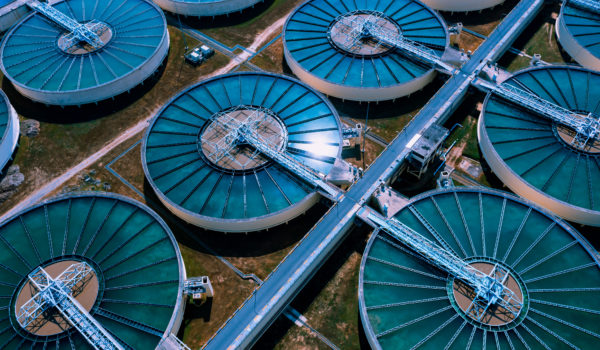On April 10, 2024, the U.S. Environmental Protection Agency (U.S. EPA) announced its finalization of the long-anticipated National Primary Drinking Water Regulation for five individual perfluoroalkyl and polyfluoroalkyl substances, also known as PFAS. The compounds are PFOA, PFOS, PFHxS, PFNA, and HFPO-DA, as well as mixtures containing two or more of four individual compounds (PFHxS, PFNA, HFPO-DA, and PFBS).
The final PFAS drinking water regulation establishes the following legally-enforceable Maximum Contaminant Levels (MCLs) and non-enforceable Maximum Contaminant Level Goals (MCLGs):
| Compound | Final MCLG | Final MCL (enforceable levels) |
| PFOA | 0 | 4 parts per trillion (ppt) (also expressed as ng/L) |
| PFOS | 0 | 4 ppt |
| PFHxS | 10 ppt | 10 ppt |
| PFNA | 10 ppt | 10 ppt |
| HFPO-DA (commonly known as GenX Chemicals) | 10 ppt | 10 ppt |
| Mixtures containing two or more of PFHxS, PFNA, HFPO-DA, and PFBS | 1 (unitless)
Hazard Index |
1 (unitless)
Hazard Index |
Two aspects of the final PFAS drinking water regulation may surprise some members of the regulated community.
First, the U.S. EPA issued final individual MCLs and MCLGs of 10 ppt for PFHxS, PFNA, and HFPO-DA, which were not in the proposed rule. In the proposed rule, the U.S. EPA requested comment in its preliminary determination to regulate additional PFAS to include PFHxS, HFPO-DA, PFNA and PFBS, and concurrently proposed a Hazard Index of 1.0 as the MCLG and enforceable MCL to address individual and mixtures of these four contaminants in drinking water. However, individual MCLs and MCLGs were proposed only for PFOA and PFOS. In the final rule, the U.S. EPA announced that it was “exercising its discretion to concurrently finalize MCLGs and NPDWRs for [PFHxS, PFNA, and HFPO-DA]” and determined that it would regulate these chemicals both individually through MCLs and MCLGs, and as mixtures with PFBS based on a Hazard Index of 1.0.
Second, the U.S. EPA exercised its discretion to extend the final compliance deadline for water suppliers to five years (2029), when the default maximum allowable deadline to meet new or revised MCLs has historically been three years (2027). The final rule requires public water systems to complete initial monitoring by 2027, conduct ongoing compliance monitoring, and make this information available to the public. If this monitoring shows that PFAS in drinking water exceeds the MCLs, the public water system will have until 2029 to develop plans, obtain funding, and implement solutions to reduce these PFAS, which could include a variety of new treatment and source removal strategies. After the five-year compliance deadline in 2029, exceedances of the MCLs will be considered violations, and will trigger a series of action steps designed to reduce the concentration in finished water, as well as public notification to consumers and contract customers.
Beyond direct applicability to public water systems, it is expected that the establishment of the MCLs will begin to be used in developing cleanup standards at certain sites contaminated with PFAS.
If you have any questions about this final PFAS drinking water regulation or its potential impacts, please contact the authors or any member of Frost Brown Todd’s Environmental Practice Group
Want more PFAS coverage?
Explore the articles below tracing the EPA’s evolving position and enforcement agenda for these “forever chemicals.”
- Congress Following States’ Lead to Phase Out PFAS
- Seven More PFAS Added to Toxic Release Inventory (TRI) Reporting by U.S. EPA
- PFOA and PFOS Are “Hazardous Substances” Under CERCLA: Key Takeaways and Questions for Real Estate Transactions
- Local Sewer Authorities and Biosolids Management Companies Need to Work Together
- U.S. EPA’s Upcoming Information “Request” for PFAS Information and Potential Sampling Warrants Careful Review and Consultation with Legal Counsel
- U.S. EPA Surges Forward with Its “PFAS Strategic Roadmap” in the First Quarter, Changing the Scope of PFAS Regulation in Several Ways
- U.S. EPA Issues “Game Changing” Listing of PFOA and PFOS Under CERCLA

